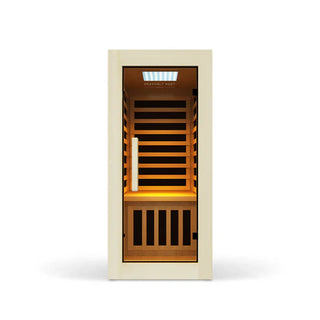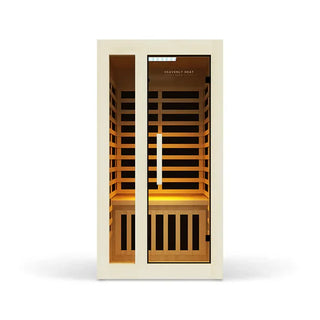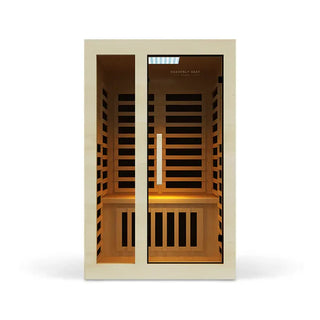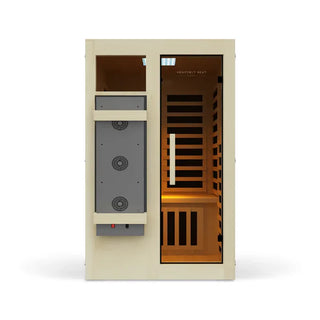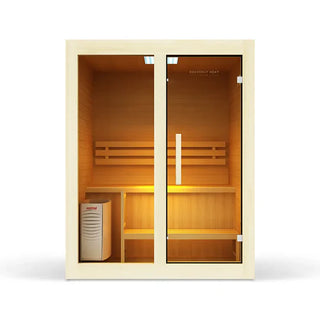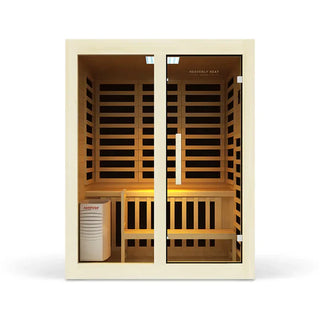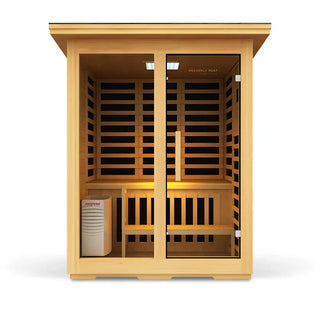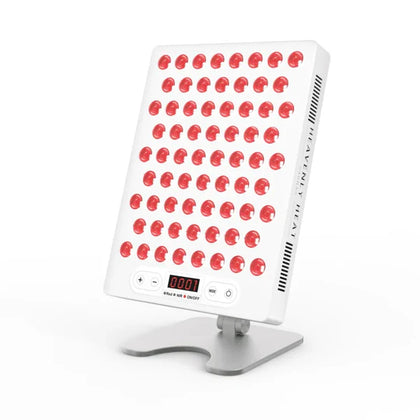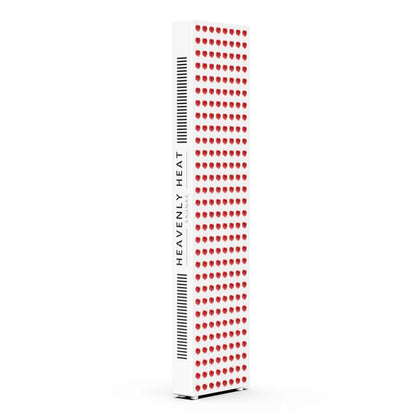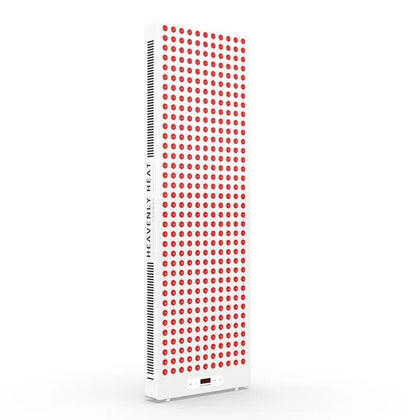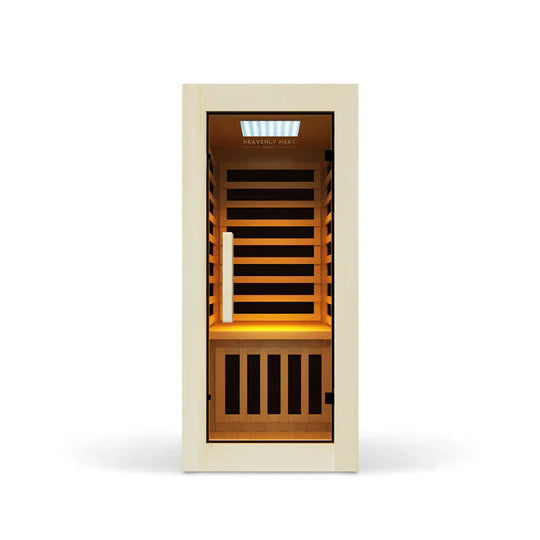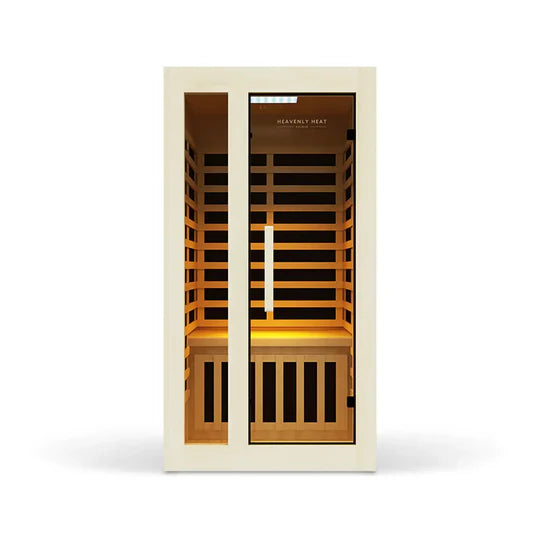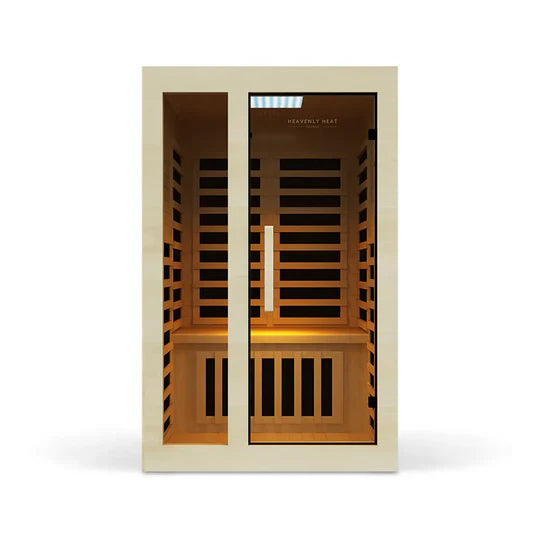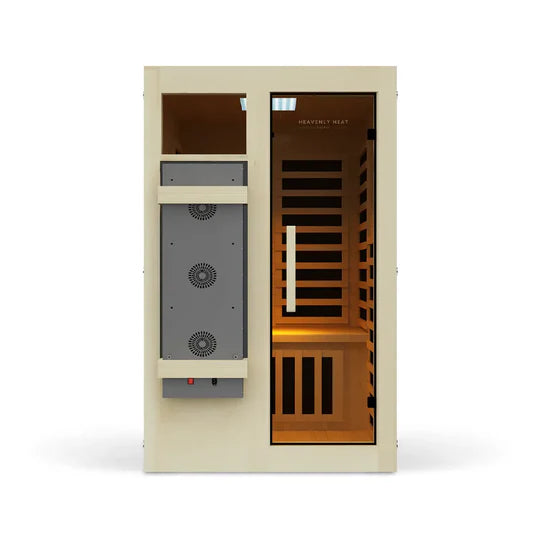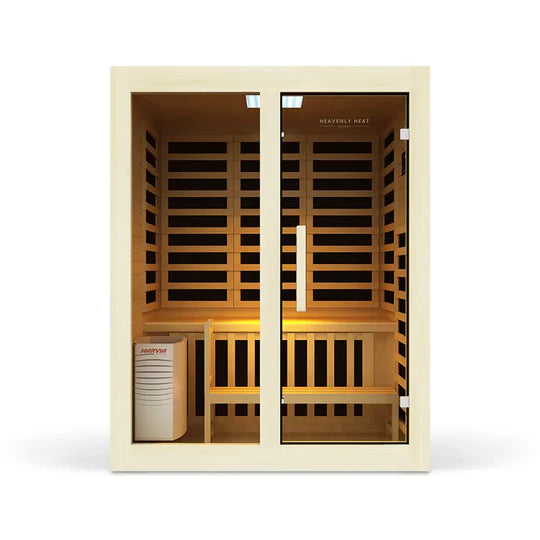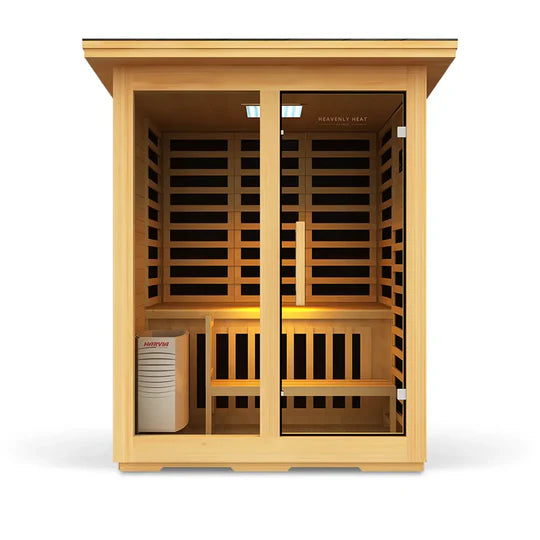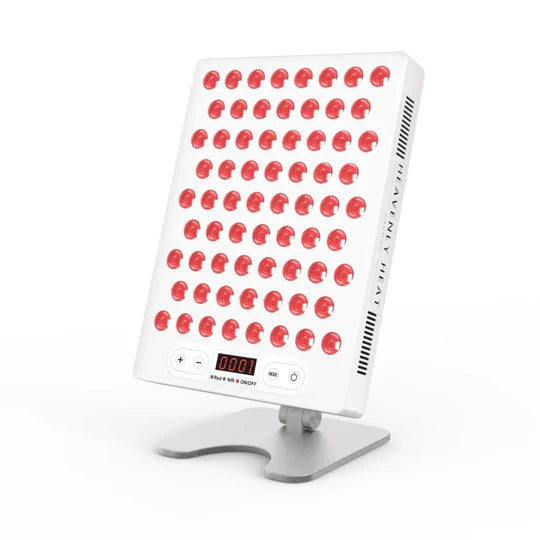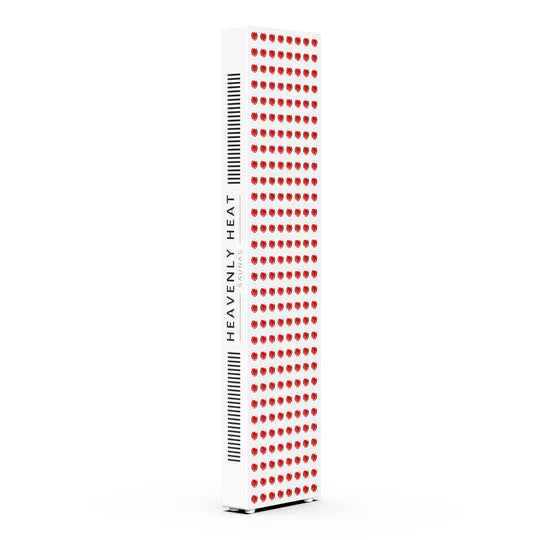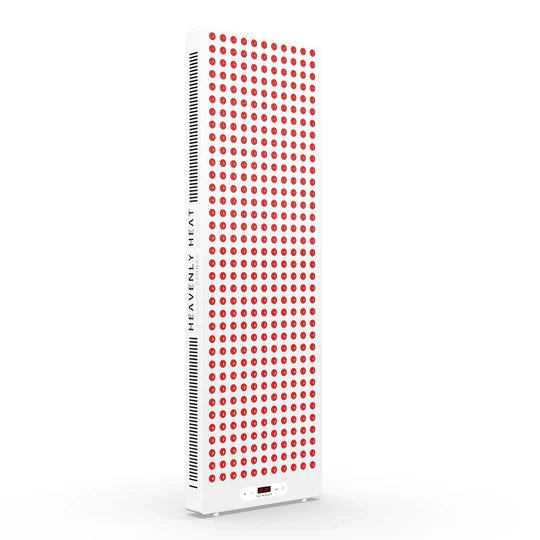Sauna Electrical Requirements: What You Need to Know
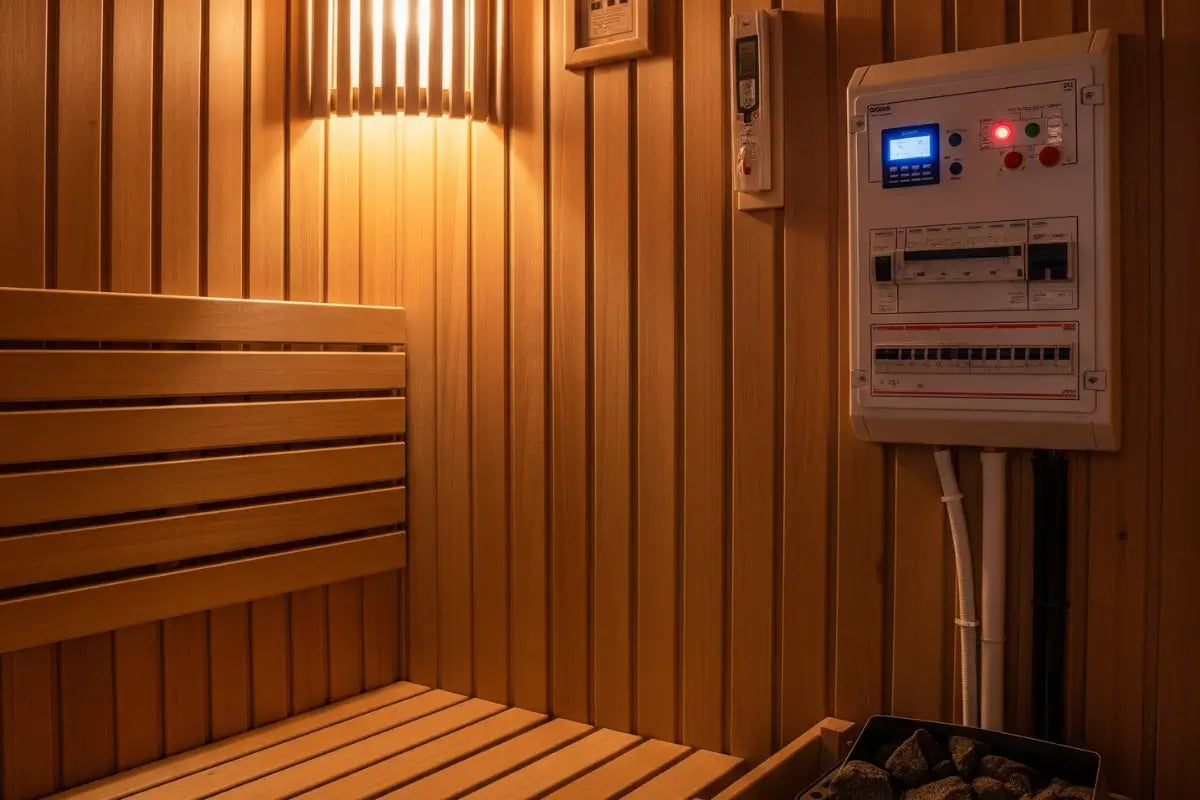
Planning a home sauna? Understanding its electrical needs is key to safety and performance. Choosing the right voltage, amperage, and wiring keeps your sauna running smoothly and prevents hazards.
In this guide, you’ll learn exactly what power your sauna needs and how to set it up correctly, so you can relax worry-free every time.
Key Takeaways
-
Understand Voltage Needs: Traditional saunas usually require 240V, while smaller or infrared models can run on 120V.
-
Know Your Amperage: Larger saunas need more amps (20–50), so check your panel’s capacity to avoid overloads.
-
Use a Dedicated Circuit: Always install a dedicated circuit with GFCI protection to ensure safety and prevent power interruptions.
-
Choose the Right Wire Gauge: Thicker wires (lower gauge numbers) prevent overheating and ensure efficient power delivery.
-
Proper Installation Matters: Control panels should be installed outside the sauna and heaters often require professional hardwiring for safety.
What Are the Basic Electrical Requirements for a Home Sauna?
Voltage Requirements
- Most saunas at home need either 120V or 240V: Home saunas generally run on one of two voltage types: 120V or 240V. The right choice depends on the sauna's size and how much heat it needs to produce.
- 240V is better for faster heating in traditional saunas: Traditional saunas often need 240V because it gives the heater more power to heat up quickly and reach higher temperatures.
- 120V is usually enough for small or infrared saunas: If your sauna is smaller or uses infrared technology, it likely runs well on a regular 120V home outlet, which makes installation easier.
- Bigger saunas may need a special kind of power: Large or commercial saunas sometimes need three-phase power to handle the extra electricity required for heavy-duty heating.
- Using the correct voltage helps avoid electrical problems: Choosing the right voltage for your sauna is important, it keeps everything running safely and prevents issues with your home’s electrical system.

Amperage Needs
- Amperage Depends on Sauna Size and Heater Type: Bigger saunas and stronger heaters need more amps, usually between 20 and 50 amps.
- Infrared Saunas Use Less Amperage Because They Heat Differently: Infrared saunas require fewer amps since they warm your body directly, not the air.
- Lower Amperage Means Infrared Saunas Can Save Energy: Because they run cooler and target heat, infrared saunas use less power over time.
- Your Home’s Electrical Panel Must Handle the Extra Amps: If your panel can’t support the sauna’s amps, breakers may trip or wiring could overheat.
- You Can Calculate Amps by Dividing Watts by Voltage: To find amps, divide the heater’s wattage by the voltage (for example, 3600 watts ÷ 240 volts = 15 amps).
Dedicated Circuit
- The sauna needs its own dedicated electrical line: This prevents other circuits from getting overloaded and keeps the power steady and safe for the sauna.
- Traditional saunas use a 240V circuit for the heater: Most traditional saunas require a strong 240V circuit that matches the heater’s power needs, while some infrared types might not.
- Lights and controls run on a separate small circuit: Sauna lights and control panels usually have their own smaller 110-120V circuit to keep them working safely without affecting the heater.
- Fans should have their own separate circuit too: Mechanical fans often need a different 5-10 amp circuit to avoid adding extra load on the heater’s circuit.
- Barrel saunas require special wiring routes: For barrel saunas, wiring often goes through the floor or wall below the heater, so the wiring path must be planned carefully.
- Extra power lines or subpanels may be needed if far from main panel: If the sauna is far from your home’s electrical panel, you might need to add a subpanel or dig trenches to safely bring power closer.
- A licensed electrician and permit are usually required: Most places legally require hiring a licensed electrician and getting an electrical permit before installing sauna wiring.
- GFCI protection and waterproof wiring keep the sauna safe: Because saunas are moist, the circuit must have GFCI protection and use weatherproof wiring to prevent electrical hazards.
- Don’t use existing circuits, always install a new dedicated line: Using old circuits for the sauna is unsafe and not recommended; it’s best to install a new, dedicated circuit made just for the sauna.
Wire Gauge
- Wire thickness keeps sauna wiring safe: Thicker wires (lower gauge numbers) carry electricity better and stop wires from getting too hot or causing fires.
- Thicker wires are needed for stronger circuits: A 30-amp sauna uses 10-gauge wire, but if the circuit is 50 amps, you need thicker 6-gauge wire to handle the power safely.
- Choosing the right wire size improves sauna performance: The wire size depends on the sauna heater’s power and how far the wire runs, which helps avoid power loss and keeps the sauna working well.
Ground Fault Circuit Interrupter (GFCI)
- GFCI quickly stops power to prevent shocks: A Ground Fault Circuit Interrupter, or GFCI, is a safety device that quickly cuts power if it detects a difference in electrical current, preventing shocks. Since saunas operate in moist or damp environments, GFCIs are essential to protect users from electrical hazards.
- Building codes require GFCI protection for saunas: Most building codes require GFCI protection on sauna circuits. This rule is to keep the sauna safe by reducing the risk of electrical shock in damp conditions.
- GFCI can be installed as a breaker or an outlet: You can get GFCI protection from a special breaker in the electrical panel or a GFCI outlet at the start of the circuit. Both provide safety, but for a single sauna, a GFCI outlet is often the best choice.
- GFCI keeps sauna setup safe and legal: Using either a GFCI breaker or outlet helps make sure the sauna wiring is safe and follows the law. This protection is important for keeping the sauna secure in wet places.
Control Panel Placement
- The control panel must be placed outside the sauna: To keep it safe from heat and moisture, the control panel should be installed outside the sauna room or somewhere protected from direct exposure.
- The control panel should be mounted at a comfortable height: Putting the panel about 48 to 52 inches above the floor makes it easy for anyone to reach and use.
- The control panel needs to be kept away from the heater: Keeping the panel several feet away from the heater helps protect it from heat damage.
- Electrical codes must be followed for safe placement: Following the electrical rules makes sure the control panel stays safe and easy to use every day.

How Does Sauna Size Affect Electrical Requirements?
The size of your sauna directly affects the wattage and amperage needed to heat it properly. Larger saunas require more power because they have greater cubic footage to warm up and usually need a higher voltage supply, commonly 240 volts, to handle the extra demand safely.
This increase means upgrading your circuit breaker to support the load and protect your home’s electrical system.
How Much Power Does an Infrared Sauna Use?
- Infrared saunas use about 1,200 to 1,500 watts of power: Infrared saunas typically draw around 10 to 12.5 amps on a standard 120-volt circuit.
- Bigger saunas use more electricity per hour: The size of the sauna affects how much power it consumes, with larger models using more energy.
- Each sauna session uses 1.5 to 3.5 kilowatt-hours of electricity: A typical 40-minute session uses this amount, so more daily sessions mean higher power use.
- Regular use can add up to around 120 kWh per month: Using an infrared sauna often can increase your monthly electricity consumption by this amount.
- Infrared saunas use much less power than traditional saunas: Traditional saunas often need 6,000 watts or more, while infrared saunas are more energy-friendly.
Can I Use a Standard Household Outlet for My Sauna?
- Standard Outlets Don’t Provide Enough Power for Saunas: Most regular 120V outlets can’t supply the high voltage and amperage that sauna heaters need.
- Sauna Heaters Need Their Own Strong Electrical Circuit: Saunas usually require a special circuit with a bigger breaker, around 30 amps or more, to work safely.
- Using Normal Outlets Can Cause Electrical Problems: Plugging a sauna into a regular outlet can cause overheating, breaker trips, or even fire hazards.
- A Licensed Electrician Should Install Your Sauna’s Power: It’s safest to have a professional electrician hardwire the sauna for proper and secure power supply.

How Do I Calculate the Electrical Load for a Sauna?
- The sauna heater uses the most electricity: Start by checking the heater’s wattage because it’s the biggest power user in your sauna.
- Bigger or poorly insulated saunas need more power: The size and insulation of your sauna affect how much electricity you will need.
- Fans and lights add to the total electricity used: Remember to include any fans or lights when adding up the total power required.
- Total wattage must be changed into amps for wiring: Convert the total wattage into amperage to choose the right circuit size.
- Always plan for extra power to avoid problems: Add extra capacity to keep your sauna’s electrical system safe and working well.
FAQs
Do Sauna Heaters Require Hardwiring or Can They Be Plugged In?
Smaller, low-power heaters often plug into standard outlets for easy installation. More powerful units require hardwiring to handle higher electrical loads safely and must be on a dedicated circuit to prevent overloads.
How Does Electrical Code Compliance Vary Between Indoor and Outdoor Saunas?
Outdoor saunas require wiring materials that resist water and temperature changes. Due to moisture risks, electrical codes mandate GFCI protection for both indoor and outdoor saunas, with outdoor setups also needing weatherproof conduit to protect cables.
What Are the Electrical Considerations for Adding Sauna Lighting or Audio Features?
Use heat-resistant, moisture-proof cables designed for high temperatures. Select waterproof, sealed fixtures and specially designed sauna speakers to withstand heat and humidity. Use circuit breakers rated for sauna electrical loads to prevent overloads and keep your system secure.
Can I Install a Sauna on a Shared Circuit with Other Appliances or Devices?
It’s best to give the sauna its own dedicated circuit. Sharing circuits risks overloads, tripped breakers, and interruptions. Electrical codes usually require separate circuits for safety.


